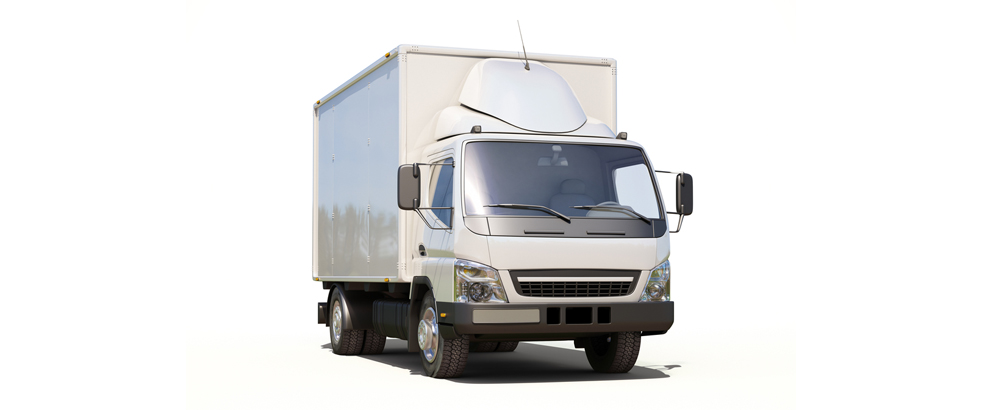Whether your company moves products to market or shuttles vacationers around the islands, your business vehicles are your lifeline. There’s a lot to keep track of – scheduling, maintenance, fuel costs, driver training, and government regulations – and that’s just for starters. With such a complex risk, you need a solid plan to protect your vehicles, your employees, and your profits.
Below are five basic and crucial steps you should be taking to manage this aspect of your business:
- Know your vehicles. Whether you have a fleet of commercial trucks, a limousine, or a single vehicle you use for running business errands, regular maintenance is key for preventing accidents, keeping your vehicles on the road, and keeping your costs down. Automated maintenance logs, schedules, and reports can keep you consistent. If you rent vehicles for your business, thoroughly review any rental agreements and understand all terms and potential liabilities before signing on the dotted line.
- Screen your drivers. Motor vehicle accidents are still the leading cause of occupational deaths in the U.S. according to the National Safety Council (NSC) and OSHA, and many of the most serious injuries are due to accidents. Before you hire anyone to drive for your company, conduct thorough background checks including driving record, citizenship, past employment, work history gaps, and criminal history. Limit or ban driving by employees with a history of accidents or moving violations. Provide driver training that covers key safety practices, even if it’s just a refresher course. You can’t prevent every accident, but hiring and training safe drivers and strictly enforcing safety policies can prevent many of them.
- Establish rules of the road. Start with controlling the use of your company vehicles and limiting non-business use. Set strict policies about aggressive and unsafe driving habits, distracted driving such as talking or texting on a cell phone, and mandatory seat belt usage, and enforce a no-tolerance policy for alcohol and drug use. Don’t forget to instruct employees on keeping company vehicles locked and contents secured while on the road and during off-duty hours.
- Communicate accident response procedures. An accident can happen in the blink of an eye. If it happens to one of your drivers, will he or she know what to do? Train your drivers in proper procedures in the event of an accident such as remaining at the scene, contacting police, collecting information from everyone involved and reporting back to the appropriate supervisor at work. As soon as possible, contact your insurer to report the accident and get the claims filing process rolling.
- Get the right insurance – and insurance carrier. Be smart about protecting your fleet with proper insurance coverage. Make sure the insurance carrier you choose has the industry experience and resources to be an invaluable partner in your business.
Ready to learn more about protecting your business vehicles? Learn more about commercial auto insurance from First Insurance. We’re the trusted partner you need to keep your business on the road.

